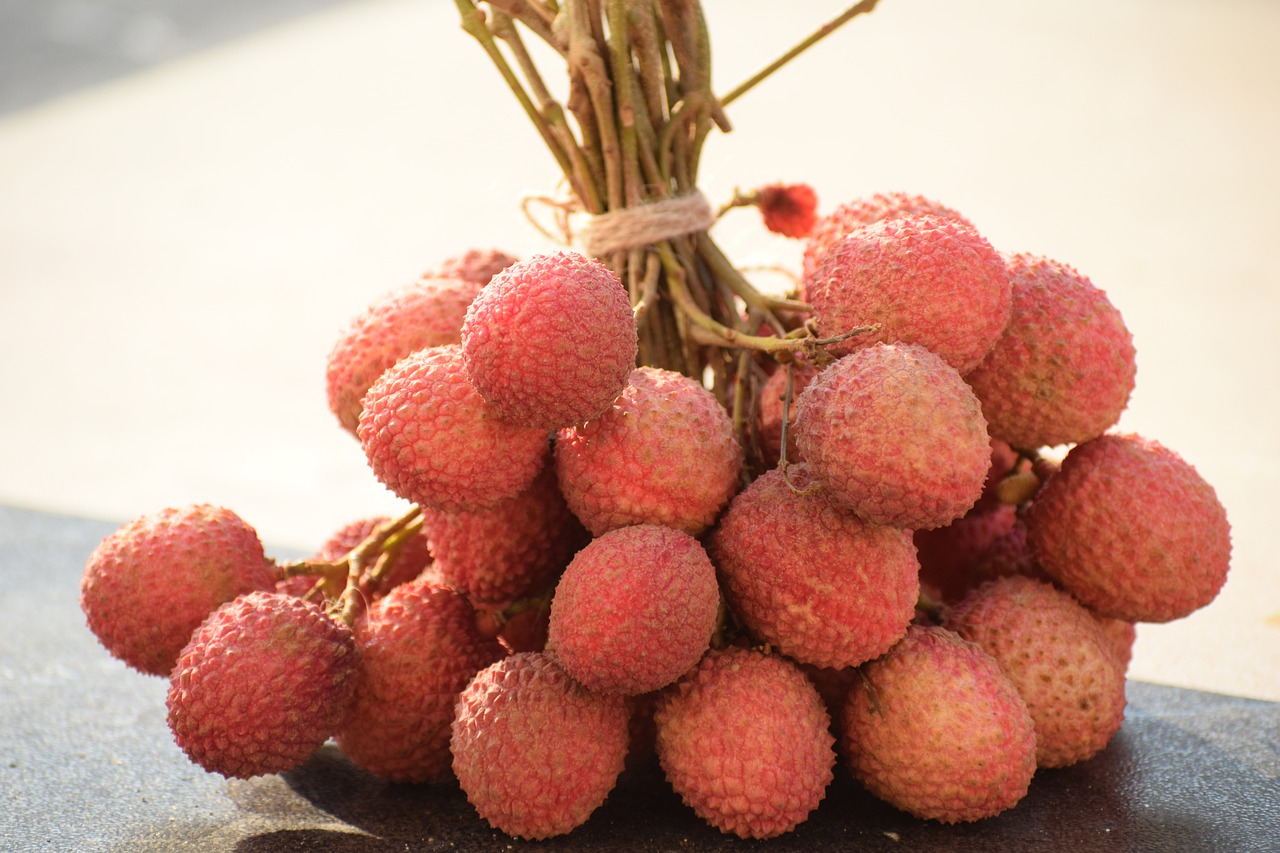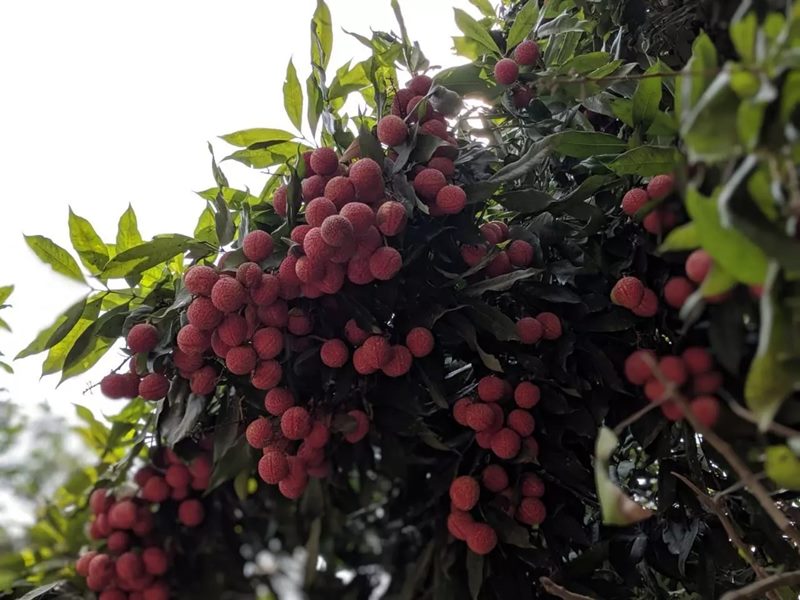Your annual summer litchi treat could remain a dream
40 per cent of India’s litchi production comes from Bihar. Farmers in Bihar’s litchi bowl of Muzaffarpur have faced crisis after crisis — rumoured links between litchi consumption and acute encephalitis, COVID-19 lockdown, and now poor flowering following inclement weather.


Litchi farmers of Bihar were hoping to make good profits this year. But, the inclement weather has proved a stumbling block. Photo: Gaon Connection
Malti Singh has two orchards of about 10 acres (4.04 hectares) in Bihar’s Muzaffarpur district. Less than half of her 1,000 litchi trees have come to fruit this season. The remaining have more new leaves than blossoms.
“Last year, it rained till October; my orchards remained waterlogged and this is why more than half the trees have leaves instead of blossoms. Some trees have blossomed well, some have not,” Malti, who lives in Minapur block, told Gaon Connection.
Malti is not alone. Others who tend to litchi orchards spread across 11,000 hectares in Muzaffarpur district face the same problem.
“Litchi cultivation is in jeopardy in some districts this season. Only thirty to forty per cent of the trees have borne fruits,” informed Baccha Prasad Singh, president of the Lychee Growers of India.
He dreads possible hailstorms which are common in April. “If that happens, whatever fruits have developed will wither and fall,” Baccha Prasad said. Farmers feel that a poor yield may lead to general shortage of litchi fruit across the country.

Litchi farmers
According to the Indian Institute of Horticulture Research, litchi is currently cultivated in about 83,000 hectares across the country. Globally, India produces the highest quantity of litchi after China. Bihar has litchi orchards in about 35,000 hectares — 40 per cent of India’s production.
Litchi is also cultivated in states such as Uttar Pradesh, Uttarakhand, Punjab, Himachal Pradesh and West Bengal. In Bihar, most farmers cultivate Shahi and China varieties. This time, it is being said the China variety would yield less fruit than Shahi.
Litchi farmers of Bihar, who suffered losses last year due to the COVID-19 lockdown, were hoping to make good profits this year. But, the inclement weather has proved a stumbling block.
In 2019, Malti’s orchards were auctioned for Rs 295,000. Last year, she had to arrange to harvest the litchi herself and sell it. This year, traders have been visiting her orchards, but they are offering a very low price because of poor yield.
“Last year, only farmers whose orchards had been ‘sold’ before Holi could actually earn something. Then came Corona. The year before that, there was a promising start, but chamki fever [Acute Encephalitis] took a toll on sales. This season, no trader is willing to pay more than fifty thousand rupees [for her entire orchard],” rued Malti.

According to Baccha Prasad, for the last two years, litchi farmers have been in economic distress. “Two years ago, they were adversely affected due to the rumoured link between litchi consumption and Chamki fever. Thereafter, traders did not come for picking the fruit due to the lockdown. The district administration helped some districts, but the rest had to sell the fruit themselves.”
Following the deaths due to chamki fever in Muzaffarpur in 2019, it was feared excessive consumption of litchi was the cause. However, experts ruled out any link between the deaths and consumption of litchi. But the damage had been done.
“Last year, the orchards were flooded till November-December due to the rains. Farmers are paying the price for that now. If there’s not much fruiting, traders will not offer a good price. This is especially hard on litchi farmers, because they get to earn just once a year,” Baccha Prasad explained.
Nevertheless, farmers can still avoid losses by taking care of certain things, say experts. “This time, due to consistent moisture in the orchards, litchi trees have not blossomed well, but it is possible to get a good yield from the existing blossoms. The period from April to May 10 is most crucial for the crop,” SD Pandey, director, National Research Centre On Litchi in Muzaffarpur, Bihar, told Gaon Connection.
“To ensure adequate moisture in the soil, there should be regular irrigation. Within the first week of April, litchi blossoms must be sprayed with 400 grams of urea and 400 grams of potash,” Pandey added.

